New Builds, Remodels, & Additions: Call Us for a Home Transformation!
Request ConsultationWhat Is Roof Ventilation?
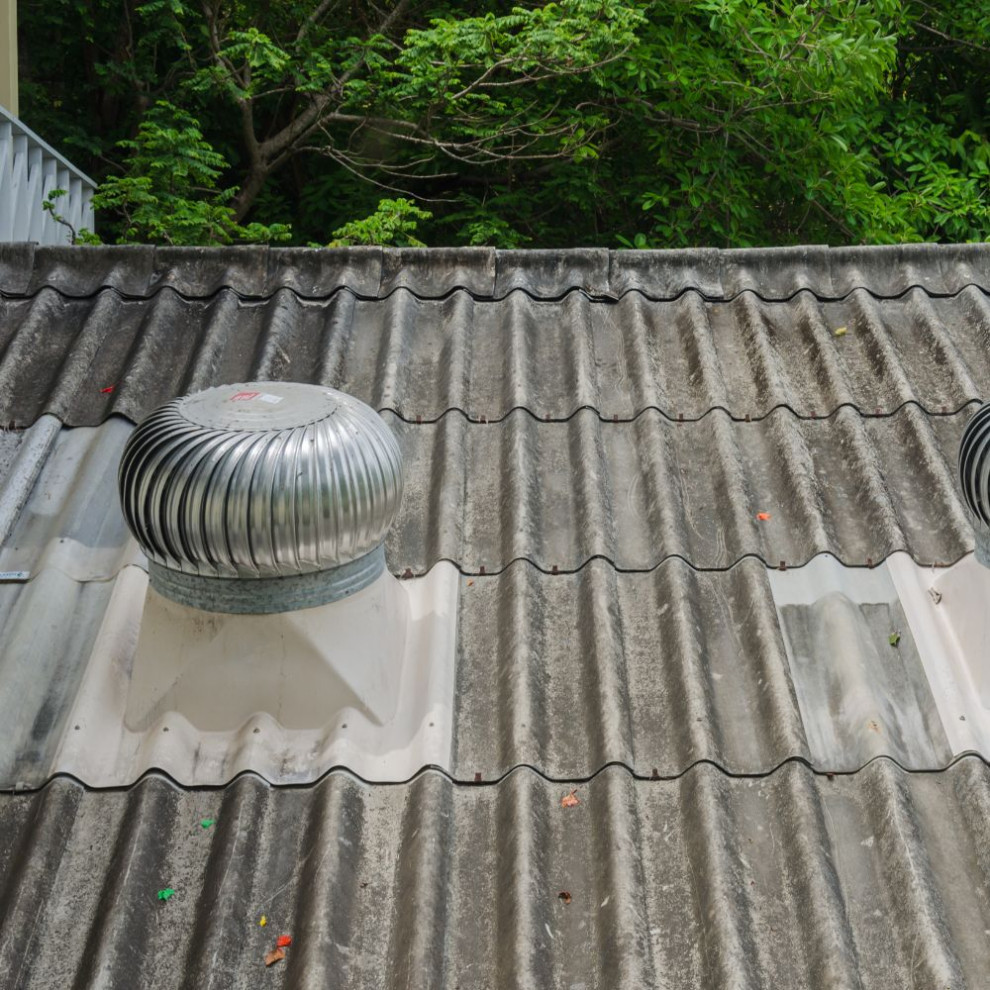
Hey there, friends! Today, we’re diving into the ins and outs of roof ventilation. It’s one of those things that might not be at the top of your mind, but trust me, it's a game changer for your home. Proper roof ventilation keeps your house cooler in the summer, warmer in the winter, and extends the life of your roof. Let’s break it down.
What Is Roof Ventilation?
Roof ventilation is all about creating a flow of air that moves from the bottom of your roof to the top. This constant airflow helps regulate temperature and moisture levels in your attic and roof space. Without it, you could be looking at some serious issues like mold, mildew, and even structural damage.
Why It Matters
1. Temperature Control:
- In the summer, a well-ventilated roof allows hot air to escape, reducing the cooling load on your air conditioning system.
- In the winter, it prevents the buildup of moisture that can lead to mold and mildew. It also helps keep your roof deck cold to prevent ice dams from forming.
2. Extending Roof Life:
- Proper ventilation can help your roofing materials last longer by preventing overheating and moisture buildup.
- It reduces the risk of warping, cracking, and other damage that can be caused by extreme temperatures.
Types of Roof Ventilation
There are several types of roof ventilation systems, each with its own set of benefits. Here’s a rundown of the most common ones:
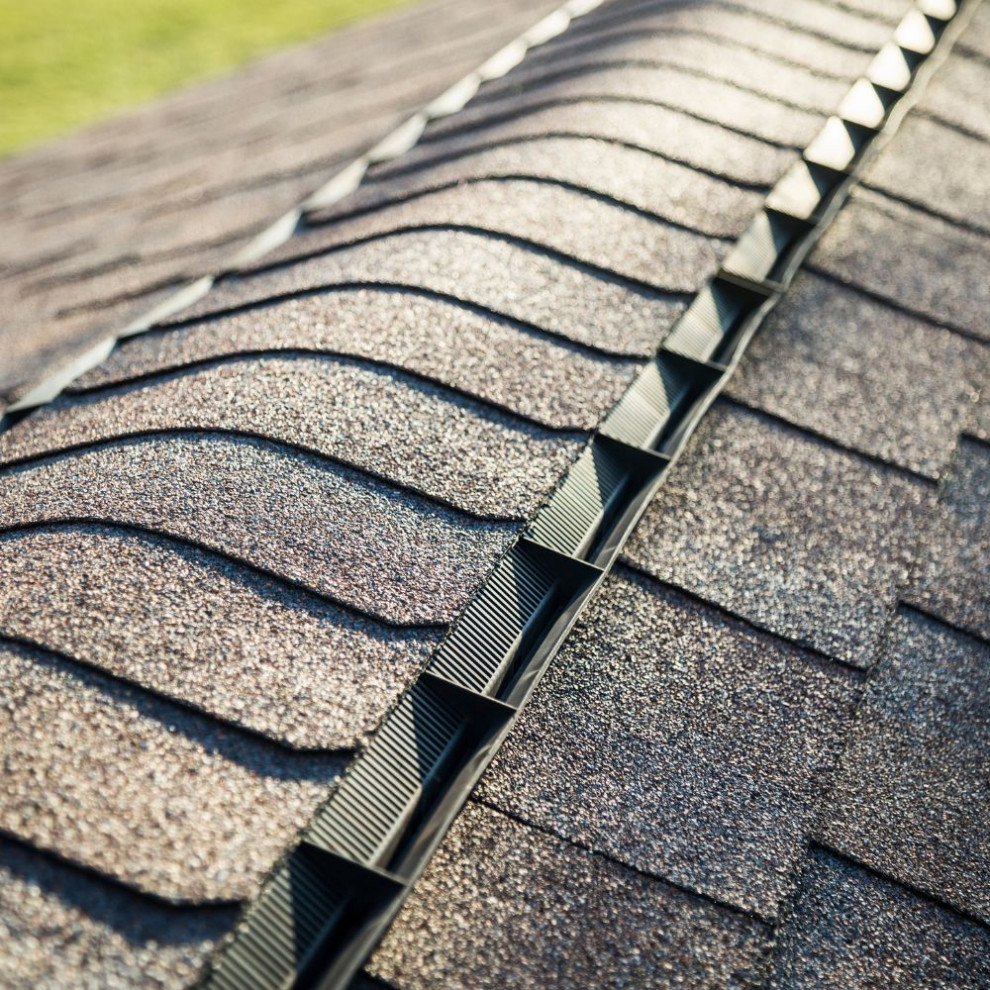
Ridge Vents:
- These are installed along the peak of your roof, allowing warm, humid air to escape from the attic.
- They blend in with the roofline and are virtually invisible from the ground.
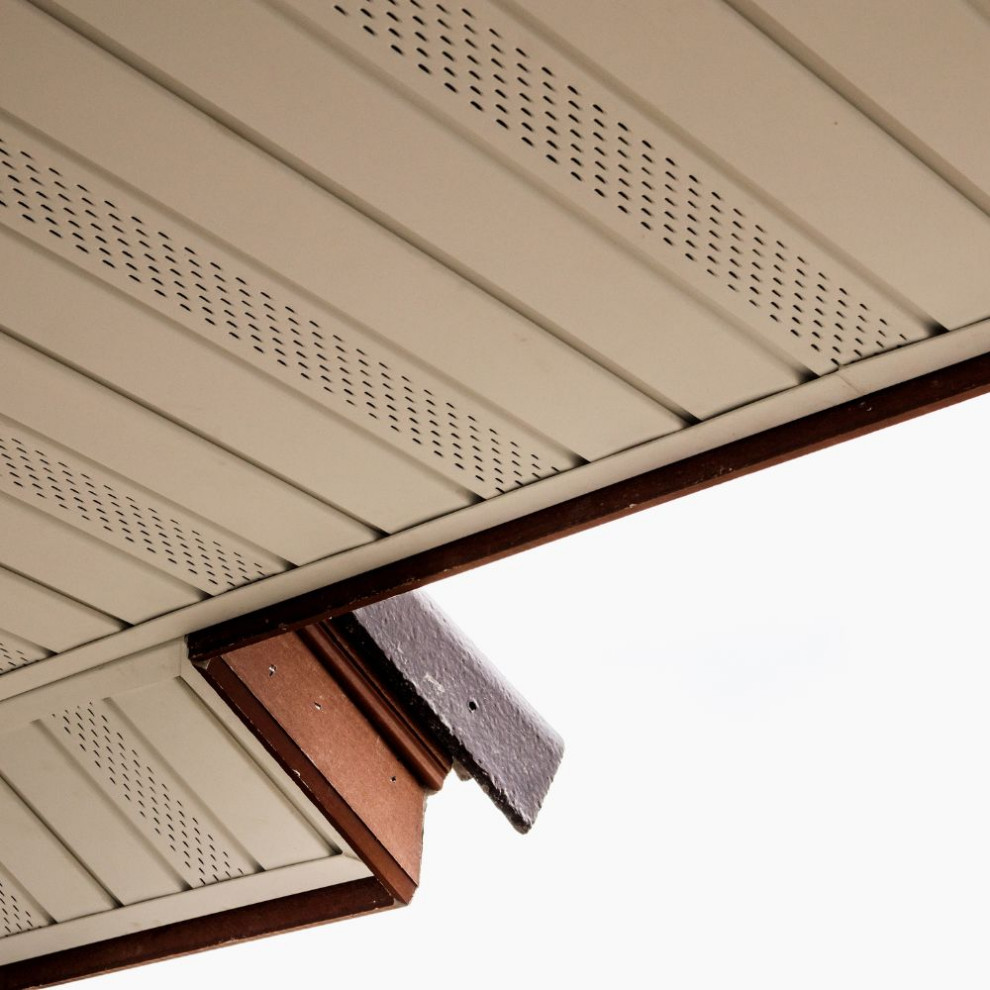
Soffit Vents:
- Located under the eaves of your roof, soffit vents allow cool air to enter the attic.
- They work best when paired with ridge vents, creating a continuous flow of air.
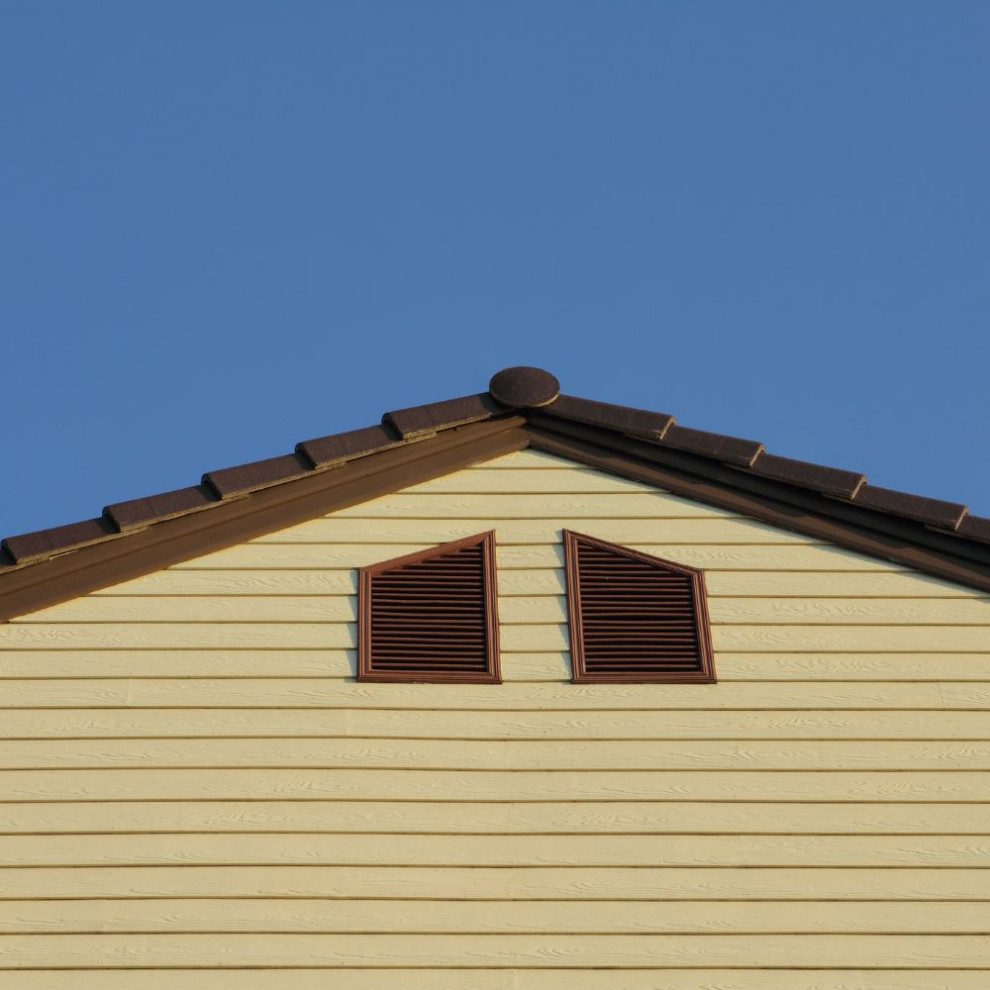
Gable Vents:
- These are installed in the gable ends of the attic, providing ventilation on each side.
- While they can be effective, they’re often less efficient than ridge and soffit vents.
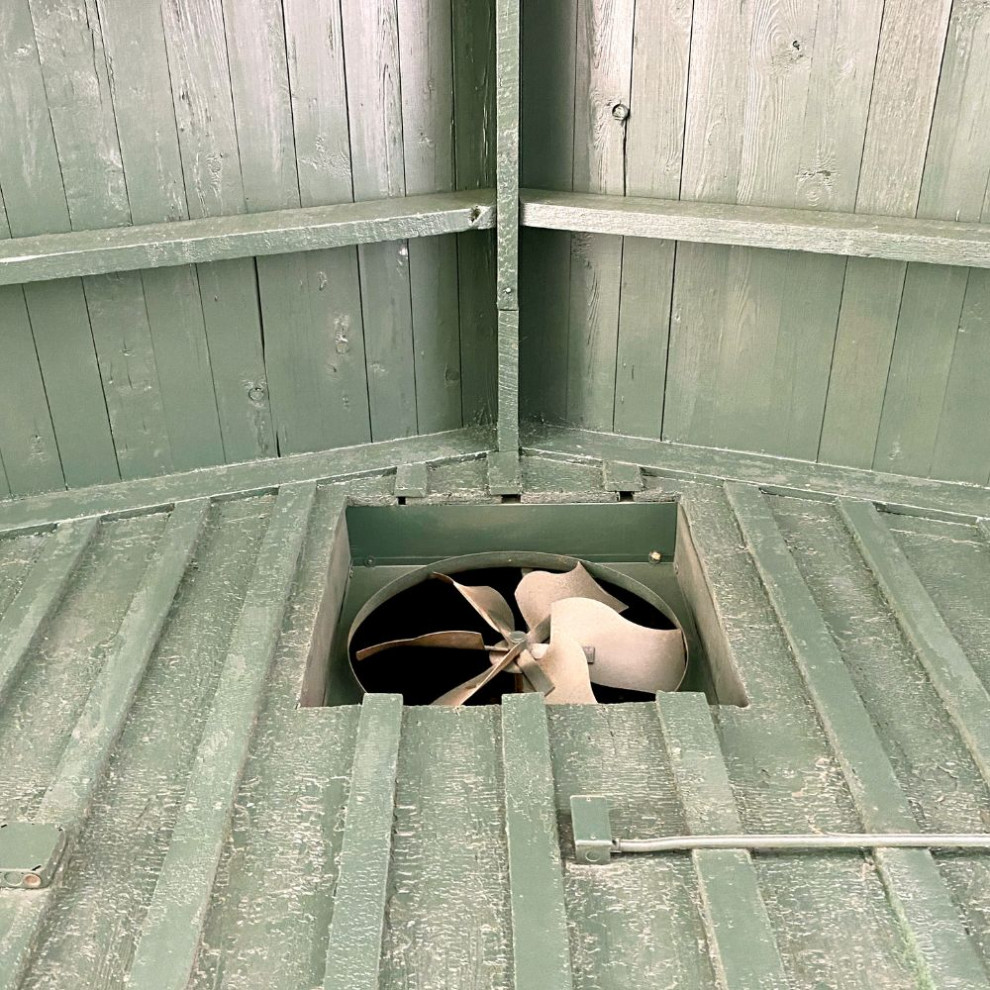
Attic Fans:
- Powered by electricity or solar energy, attic fans actively pull air out of the attic.
- They’re great for homes in hotter climates, but they do require a power source.
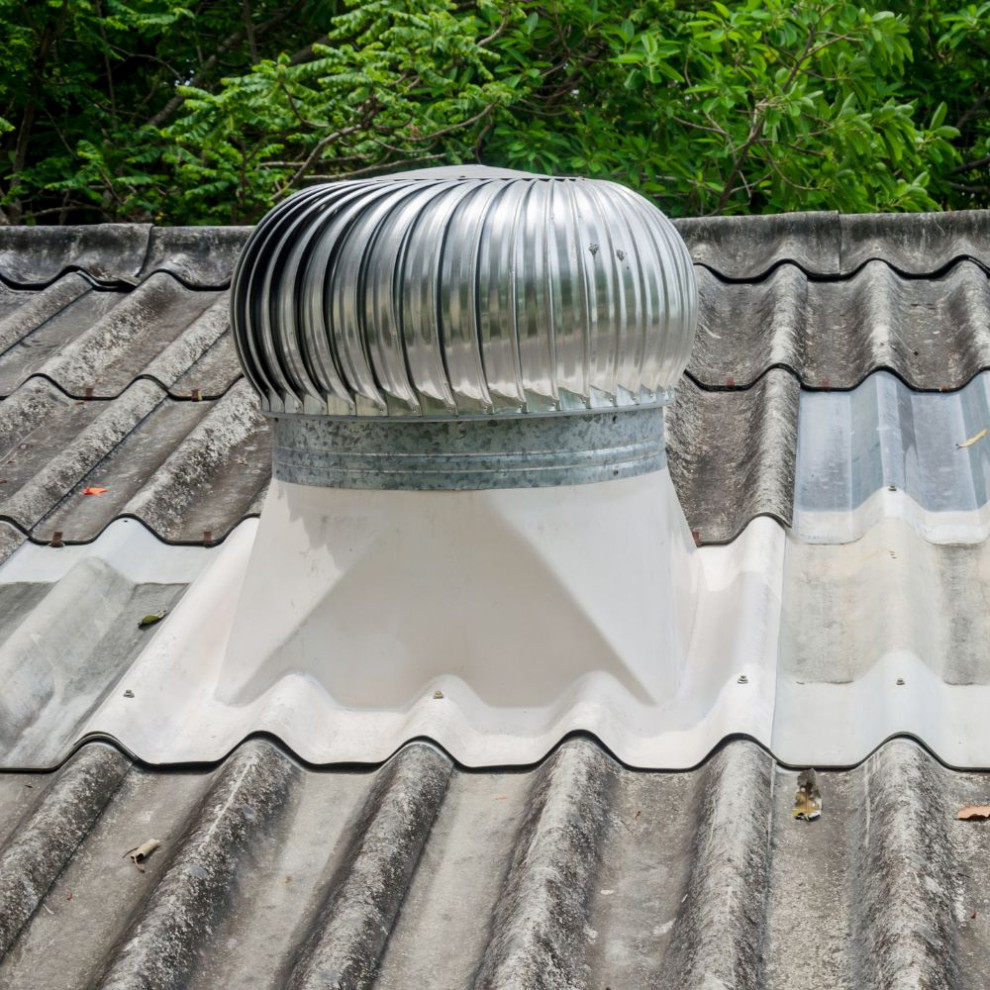
Turbine Vents:
- Also known as whirlybirds, these vents use wind power to spin and draw air out of the attic.
- They’re cost-effective and require no electricity to operate.
Considerations for Choosing Roof Ventilation
Climate:
- If you live in a hot, humid area, you might need more ventilation to combat the heat and moisture.
- In colder climates, you’ll want to ensure your ventilation system helps prevent ice dams and moisture buildup.
Roof Design:
- The pitch, size, and layout of your roof can impact the type of ventilation system that works best.
- A professional can help determine the optimal placement and number of vents.
Energy Efficiency:
- Proper ventilation can help lower your energy bills by reducing the strain on your heating and cooling systems.
- Look for systems that work passively or use renewable energy sources, like solar-powered attic fans.
Keeping Your Roof Ventilation System Clean
Regular Inspections:
- Check your vents at least twice a year, ideally in the spring and fall.
- Look for any obstructions, damage, or signs of wear and tear.
Cleaning:
- Clear away any debris, like leaves and twigs, that might block airflow.
- For soffit vents, use a vacuum with a brush attachment to remove dust and dirt.
Professional Maintenance:
- Schedule regular inspections and maintenance with a professional roofing contractor.
- They can identify and fix any issues before they become major problems.
Breathe Easy with HoneyB Construction
Roof ventilation might not be the most glamorous part of homeownership, but it’s essential for a healthy, efficient home. Whether you’re building a new house or upgrading your current roof, investing in a good ventilation system will pay off in the long run.
Need help figuring out the best ventilation solution for your home? Contact HoneyB Construction today! Our team of experts is ready to provide top-notch service and ensure your roof is ventilated properly. Keep your home comfortable, safe, and energy-efficient with HoneyB Construction.
